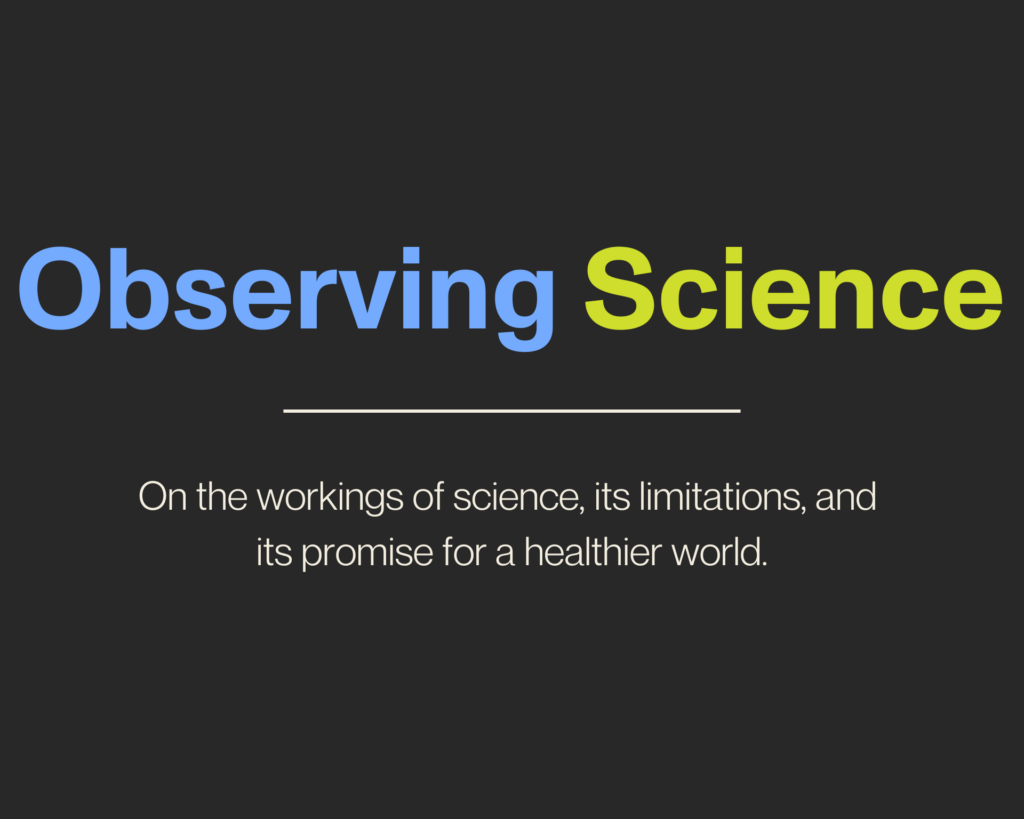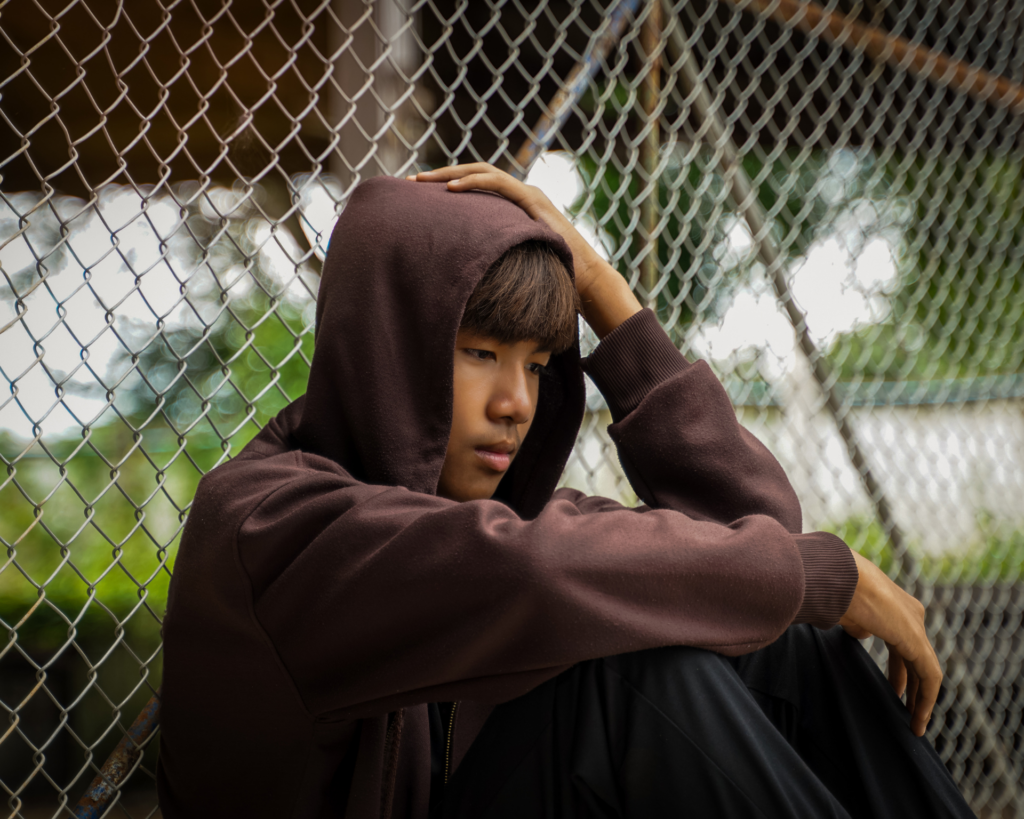Mobile Apps to Overcome Sexual Health Stigma
Health apps offer confidential care, making them effective outlets for promoting HIV testing and PrEP initiation among sexual minority men.

Read Time: 3 minutes
Published:
Of 1.2 million people living with HIV in the United States, almost two-thirds are sexual minority men. Since the start of the HIV epidemic, sexual minority men have advocated for HIV research and awareness. The first cases among gay men spurred the development of HIV antibody screening tests by 1985. Rapid tests soon followed, enabling faster virus detection. In 2012, pre-exposure prophylaxis (PrEP)—a highly effective medication that reduces the risk of HIV infection—emerged as a major milestone in prevention.
Despite these breakthroughs, prevention tools like testing and PrEP remain underused, largely due to stigma. Sexual health stigma refers to negative societal attitudes or moral judgments about sexual identities, practices, and outcomes, triggering shame and discouraging engagement with health care providers.
Before 2006, HIV counseling and testing were limited to specific test sites, but they later became integrated into primary care visits as the standard of care. The opt-out approach made tests routine, unless a patient actively declined, to reduce testing hesitancy. Today, for those still facing stigma, digital health apps can offer another pathway to prevention and care.
Katie Biello and associates conducted a clinical trial to assess the effectiveness of two mobile apps—MyChoices and LYNX—in promoting HIV testing and PrEP initiation among sexual minority men. A total of 381 participants aged 15-29 were randomly assigned to one of three groups: MyChoices, LYNX, or standard of care. MyChoices offered sexual health information, home HIV/STI tests, personalized prevention plans, and testing locations. LYNX offered the same, plus an HIV risk score, sexual history diary, and live chat support.

App users were more likely to seek HIV testing within 6 months compared to those receiving standard of care. MyChoices users were 27% more likely to get tested, while LYNX users were 19% more likely. Over 12 months, app users also sought testing sooner. Among those who reported condomless intercourse at the start of the study, MyChoices users were 6 times more likely to seek testing than those receiving standard of care. PrEP initiation was also higher—up to 20% more among app users.
This study demonstrates how digital platforms can help overcome sexual health stigma by offering a confidential, user-centered experience, especially among young sexual minority men who are at a higher risk of HIV infection. Before launching to the public, future studies should incorporate oral and injectable PrEP information into the apps to address emerging treatment options.
Just as routine testing reshaped HIV prevention in the early 2000s, mobile apps could be the next leap forward—helping reduce stigma, promote early detection, and improve access for sexual minority men.



